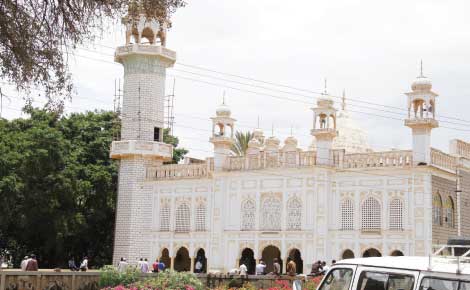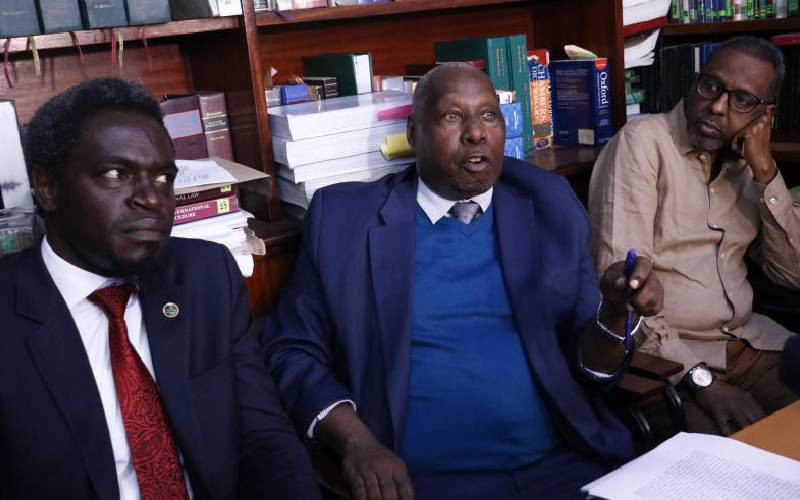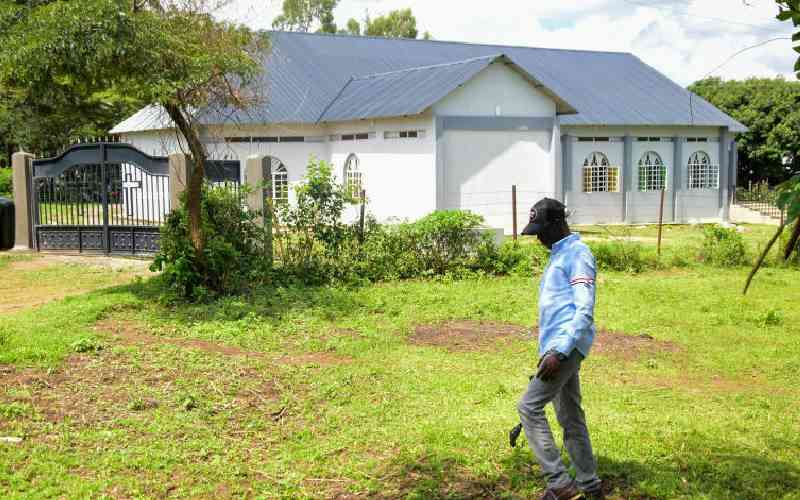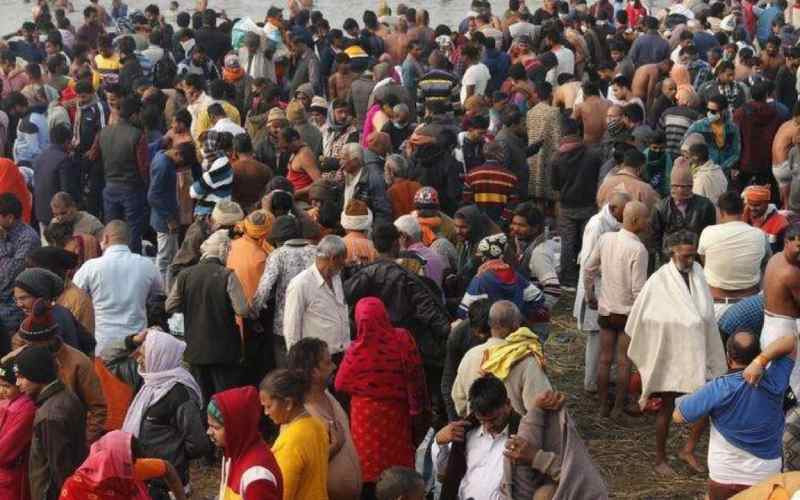
By Sylvia Wakhisi
Isiolo, Kenya: The road to Isiolo from Nanyuki is picturesque, more like those winding roads racing on in the middle of nowhere in country ballads. Once in Isiolo town it is difficult to miss the towering Al-Falah Mosque. The mosque stands out from the rest of the buildings in the area, both by size and design.
Slightly hidden by a hedgerow of tangled savannah tree branches that defines the mosque’s perimeter, it not only acts as a place of worship for Muslims, but also captures the attention of first time visitors.
According to Ahmed Set, the mosque’s administrator who is also in charge of the Al-Falah Islamic Centre, many international tourists on their way to Sarova Shaba and Samburu game reserves, which are located several kilometres from the town, always stop for some time to view and take photos of the building.
Despite the cool dry wind, which blows across this arid town, leaving a blanket of dust on the whitewashed buildings, including the Al-Falah Mosque, one can never fail to notice its unique features.
“The architecture used in its construction is unique as it is borrowed from the Asian-Arabic model of construction,” says Set.
With the capacity to hold about 1,000 people in one prayer session, Al-Falah is the biggest mosque in the upper eastern region, which comprises Marsabit, Moyale and Isiolo.
“The mosque, which has been in existence for more than 30 years, first opened its doors to the residents in 1980. Prior to that, there existed another small mosque, which could only accommodate a few people,” says Set.
Mosques such as Al-Falah have evolved over the ages from simple places of worship to centres of learning as well as economic and cultural activities.
There are mainly two types of mosques, depending on their range of influence and also the religious activities undertaken.
Mosques, which conduct the Friday prayers on a grand scale, which have special religious significance, are known as great mosques and are often built elaborately, while the other mosques used for daily prayers are simply known as masjids.
Design
There are no hard and fast designs for mosques, which tend to vary from country to country, according to local tradition. Many like the Great Mosque in Damascus or Hagia Sofia in Turkey, are converted from Christian churches. But there are several common features.
An important feature in the construction of mosques is that the direction to Mecca, the main religious pilgrimage centre of Islam in Saudi Arabia, has to be indicated and the wall facing that direction is called as prayers are performed facing it and this is where the Imam stands while conducting the prayers. The direction to Mecca is shown by the niche or Mihrab.
Stay informed. Subscribe to our newsletter
Two further important features of the mosque is the minaret, or tower, from which the Muezzin calls the community of Muslims to prayer, and a room for ritual washing, so that a Muslim may be clean for his prayers.
Steps for the imam to stand on when giving sermons on Friday or other occasions are also found. The floor is usually furnished with carpets or other coverings for prayers.
Established under the Islamic Foundation, an educational, charitable and welfare organisation working for the welfare of humanity, the Al-Falah Mosque has set up a medical centre, a nursery school, a primary and boarding school as well as a children’s home, which is located within its vicinity and they all form the Al-Falah Islamic Centre.
The centre, in collaboration with the mosque, provides medical services to the poor and destitute around the community as well as offering humanitarian aid to refugees and the starving in famine-stricken areas.
—[email protected]
 The Standard Group Plc is a
multi-media organization with investments in media platforms spanning newspaper
print operations, television, radio broadcasting, digital and online services. The
Standard Group is recognized as a leading multi-media house in Kenya with a key
influence in matters of national and international interest.
The Standard Group Plc is a
multi-media organization with investments in media platforms spanning newspaper
print operations, television, radio broadcasting, digital and online services. The
Standard Group is recognized as a leading multi-media house in Kenya with a key
influence in matters of national and international interest.
 The Standard Group Plc is a
multi-media organization with investments in media platforms spanning newspaper
print operations, television, radio broadcasting, digital and online services. The
Standard Group is recognized as a leading multi-media house in Kenya with a key
influence in matters of national and international interest.
The Standard Group Plc is a
multi-media organization with investments in media platforms spanning newspaper
print operations, television, radio broadcasting, digital and online services. The
Standard Group is recognized as a leading multi-media house in Kenya with a key
influence in matters of national and international interest.









